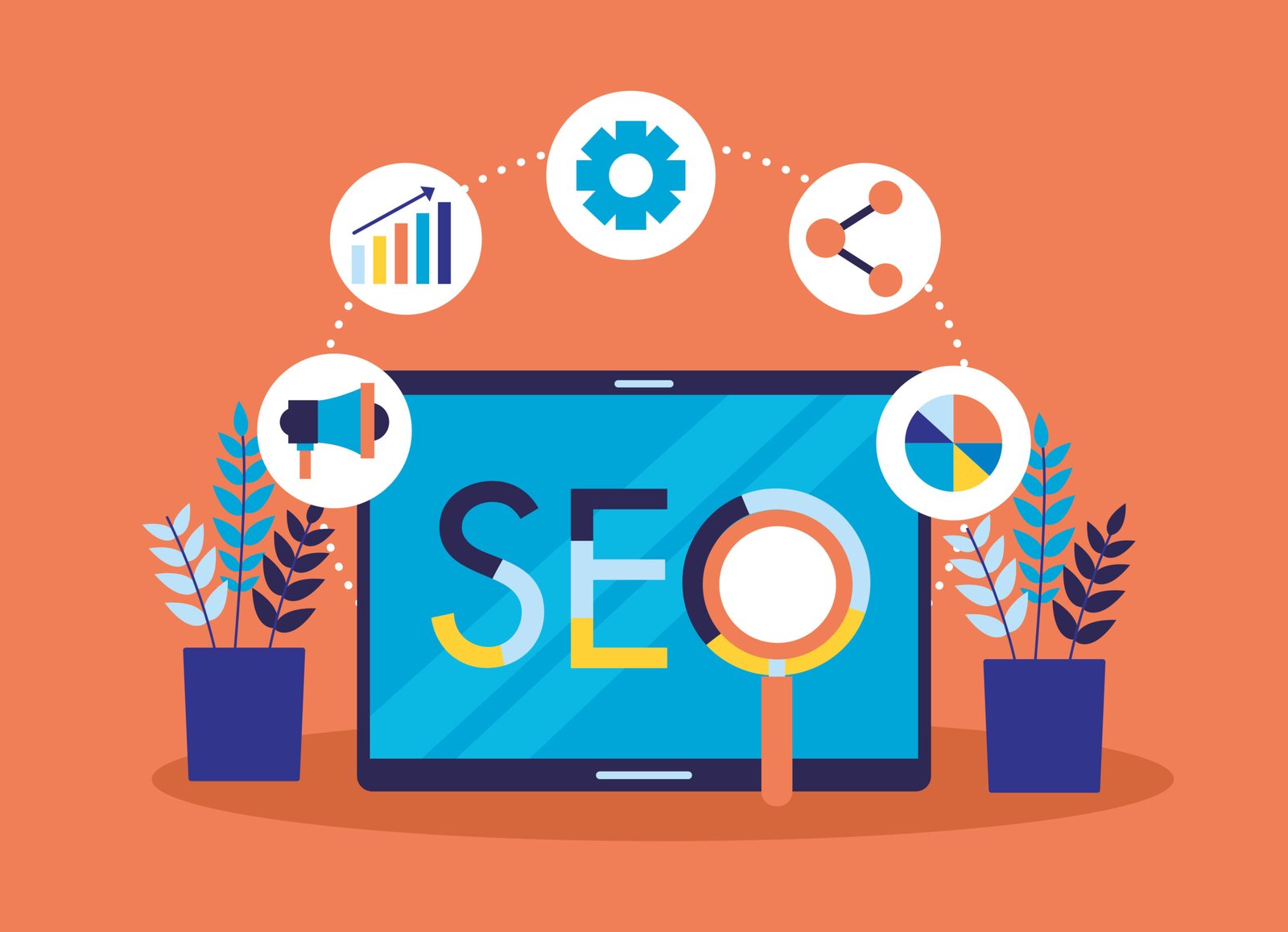How Your On-Page SEO Checklist Should Look Like
On-Page Search Engine Optimization (SEO) is crucial in optimising your online presence and enhancing overall user experience. Professional SEO services in London, like Trajital UK, develop an on-page SEO checklist for every online platform to ensure that their strategies align with the goals and get a better reach. It involves various strategies and techniques that help search engines understand the relevance and value of a webpage.
A well-structured on-page SEO checklist is a roadmap for website owners and marketers to ensure that their content meets the criteria for better search engine rankings. Let us look at what your on-page SEO checklist should look like and what are the key factors in it.
Identifying Keywords
Keyword research is a fundamental aspect of on-page SEO as it helps you understand what terms and phrases your target audience uses to find information online. You can identify relevant keywords that align with your content and target audience’s search intent by conducting keyword research.
Various tools and techniques, such as Google Keyword Planner, SEMrush, and Moz Keyword Explorer, can assist you in finding valuable keywords. It’s important to target not only broad keywords but also long-tail keywords that have lower competition and higher conversion potential. You can enhance your on-page SEO efforts by considering user intent and incorporating relevant keywords into your content.
Using Keywords in the Body Content Efficiently
Incorporating keywords naturally within the body content is essential for on-page SEO. It helps search engines recognize the relevance of your content to specific search queries. Keyword density refers to the percentage of times a keyword appears with the total word count. While there is no ideal keyword density, a general guideline is to aim for a natural distribution of keywords throughout the content.
Rather than focusing on a specific ratio, create high-quality, informative content that provides value to your audience. Seamless integration of keywords can be achieved by using them in headings, subheadings, and within the body text without compromising readability and user-friendliness.
Optimising Title Tags
Title tags are HTML elements that define the title of a webpage. They play a crucial role in on-page optimization as search engines use them to understand the context and relevance of a page. It is important to strategically place relevant keywords near the beginning of the tag to optimise title tags. For highly optimised results, you can find the best SEO company in London by researching and boosting your title tags game to the next level.
The title tag’s character limit is also a key factor, and keeping it within the recommended character limit (typically around 50-60 characters) ensures that it appears fully in search engine results. Crafting unique, descriptive, and compelling title tags helps search engine users understand the content of your page but also encourages them to click through, ultimately improving your organic traffic and click-through rates.
Producing Engaging Meta Descriptions
Meta descriptions are summaries that appear below the title tag in search engine results. They serve as a teaser for your webpage, giving users a glimpse of what they can expect. A well-crafted meta description can entice users to click through to your website.
When writing meta descriptions, it’s crucial to create compelling, concise, and action-oriented text highlighting your content’s value and relevance. Incorporating relevant keywords in the meta description helps search engines understand your page’s topic. Therefore, balancing and maintaining a natural tone is essential to ensure readability and user engagement.
Improving Internal Links
Internal linking plays a vital role in on-page SEO by connecting different pages within your website. It improves website navigation, user experience, and search engine crawlers‘ ability to discover and index content. Strategically place internal links throughout your website, ensuring they are relevant and add value to the user. Use descriptive anchor text and link titles that accurately describe the linked page’s content. This helps users understand the destination before clicking and improves the overall user experience.
Focusing on Quality Content
For effective on-page SEO, it is crucial to prioritise high-quality and valuable content. Factors such as relevance, uniqueness, and depth contribute to content quality. When creating engaging and informative content, address user needs and expectations. If you’re looking for digital marketing services in London, seek professionals with a track record of success.
Delivering tailored strategies and employing industry best practices can help your business gain a competitive edge in the London market. You can enhance your online presence and achieve your digital marketing goals with professional expertise.
Adding Visual Content for Better Engagement
Visual content, such as images, videos, and infographics, is essential for on-page optimization. It enhances user engagement, reduces bounce rates, and improves SEO. Optimise visual content by compressing images for faster loading times, adding descriptive alt tags for accessibility and search engine crawlers, and providing relevant captions that enhance understanding. Visual content can convey information more effectively, break up text, and make your website visually appealing and engaging to the target audience.
Find the Best SEO Company in London
With experience and expertise in digital marketing, Trajital UK is one of the leading providers of digital marketing services in London. They provide you with robust strategies that make your business extraordinary and the results sustainable. Contact and get an amazing optimization response today!
RELATED BLOGS
CONTACT US
Let’s find out how to work together and create something meaningful or valuable.


